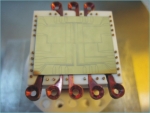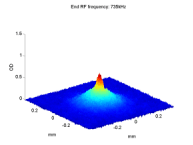What's New
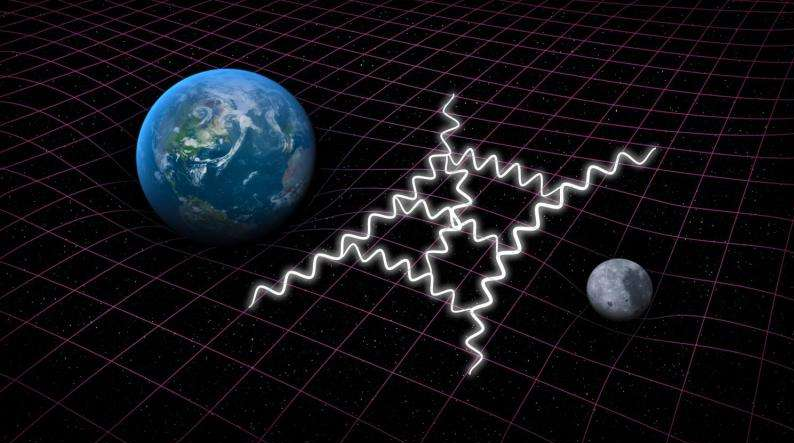 |
December 2023
The atom chip group receives several million dollars from the Moore and Simons foundations, for utilizing the Stern-Gerlach interferometer as a probe of Quantum-Gravity. Together, Math and Science Foundations Fund ‘Tabletop’ Physics That Could Transform Our Understanding of the Universe. | |||||||||||||||||||||||||||||||||||||||||||||||||||||||||||||||||||||||||||||||||||||||||||||||||||||||||||||||||||||||||||||||||||||||||||||||||||||||||||||||||||||||||||||||||||||||||||||||||||||||||||||||||||||||
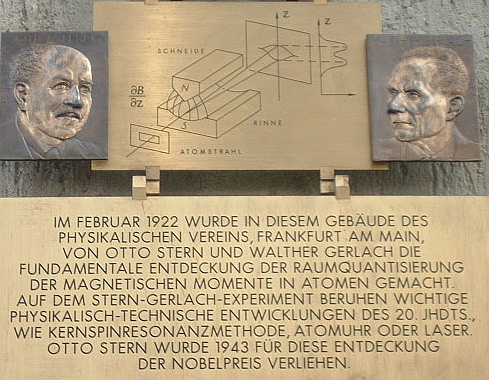 |
December 2023
Our group's work on Stern-Gerlach atom interferometry and Quantum-Gravity is highlighted in a recent paper from Quanta magazine: The (Often) Overlooked Experiment That Revealed the Quantum World. | |||||||||||||||||||||||||||||||||||||||||||||||||||||||||||||||||||||||||||||||||||||||||||||||||||||||||||||||||||||||||||||||||||||||||||||||||||||||||||||||||||||||||||||||||||||||||||||||||||||||||||||||||||||
 |
March 2023
Our analysis of the rotation of a quantum object, including the rotation uncertainty principle, has now been published in Phys. Rev. Lett.. This is an important step in levitating and cooling a nano-diamond, and eventually realizing nano-diamond spatial interferometry. Link. | |||||||||||||||||||||||||||||||||||||||||||||||||||||||||||||||||||||||||||||||||||||||||||||||||||||||||||||||||||||||||||||||||||||||||||||||||||||||||||||||||||||||||||||||||||||||||||||||||||||||||||||||||||
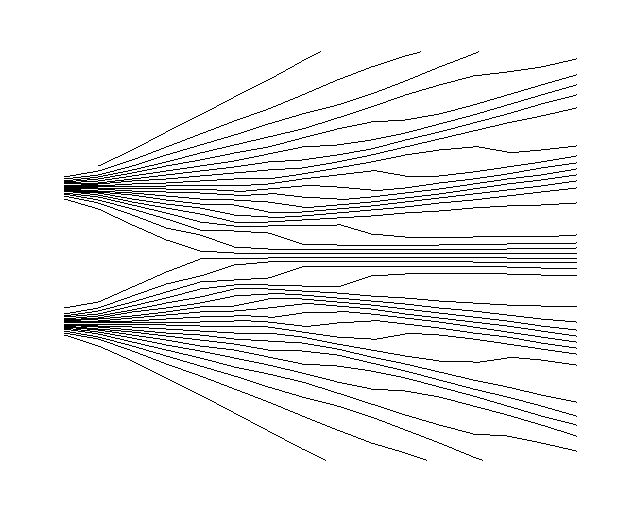 |
February 2023 Our paper showing that Bohmian Mechanics and its strange quantum potential may be useful, has been accepted for publication. We show that the quantum potential can counteract a well-known force of nature, the Casimir-Polder force, which attracts particles to nearby surfaces. In the picture, the quantum potential responsible for particle trajectories in the double-slit experiment, giving rise to the correct interference pattern on the screen. link. | |||||||||||||||||||||||||||||||||||||||||||||||||||||||||||||||||||||||||||||||||||||||||||||||||||||||||||||||||||||||||||||||||||||||||||||||||||||||||||||||||||||||||||||||||||||||||||||||||||||||||||||||||
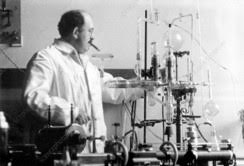 |
January 2023
A nature physics editorial (see link) cites the work of the BGU atom chip group on the Stern-Gerlach experiment. *In the picture Otto Stern in his laboratory https://www.nature.com/articles/s41567-022-01886-4. | |||||||||||||||||||||||||||||||||||||||||||||||||||||||||||||||||||||||||||||||||||||||||||||||||||||||||||||||||||||||||||||||||||||||||||||||||||||||||||||||||||||||||||||||||||||||||||||||||||||||||||||||
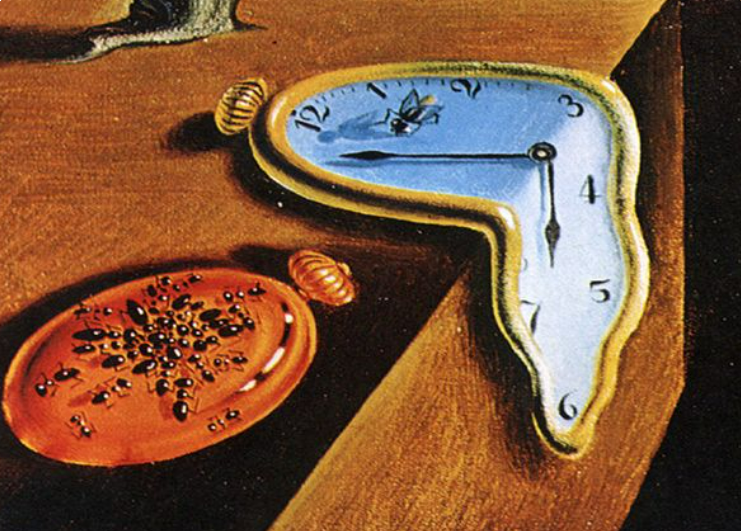 |
August 2022 The atom chip group (together with Accubeat), has just published its realization of a new generation of atomic clocks based on cold atoms in a miniature setup. This is another step towards the quantum revolution. link. | |||||||||||||||||||||||||||||||||||||||||||||||||||||||||||||||||||||||||||||||||||||||||||||||||||||||||||||||||||||||||||||||||||||||||||||||||||||||||||||||||||||||||||||||||||||||||||||||||||||||||||||
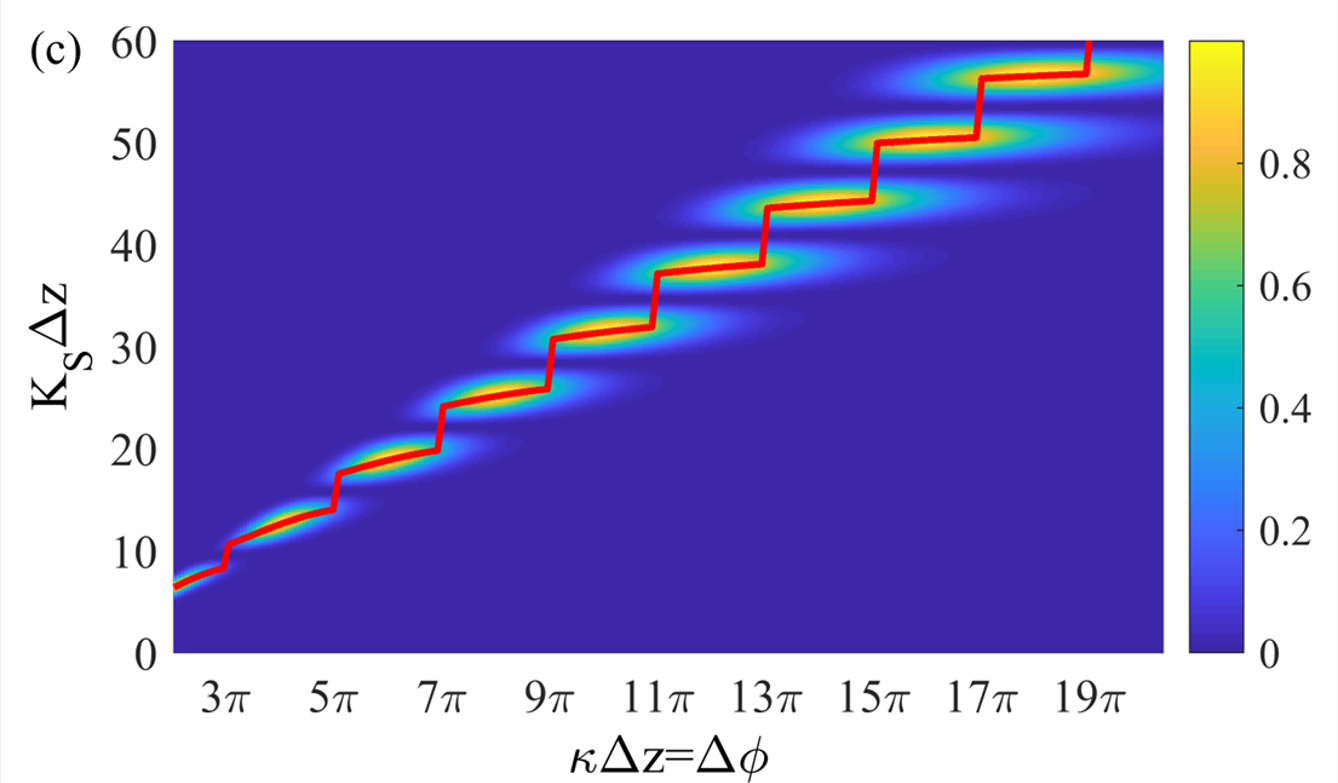 |
July 2022
Our new paper on strange Moiré patterns is out. We observed these anomalous patterns when we operated simultaneously two quantum atom interferometers and allowed the interference patterns to overlap. In the figure, one observes a discrete step function, where the y-axis is the observed periodicity (or rather k vector) of the combined Moiré pattern, and the x-axis is the continuous scan of the phase between the two constitute periodic functions which together make up the Moiré pattern. The surprising effect is that while the x-axis changes continuously, the y-axis jumps in discrete steps. link. | |||||||||||||||||||||||||||||||||||||||||||||||||||||||||||||||||||||||||||||||||||||||||||||||||||||||||||||||||||||||||||||||||||||||||||||||||||||||||||||||||||||||||||||||||||||||||||||||||||||||||||
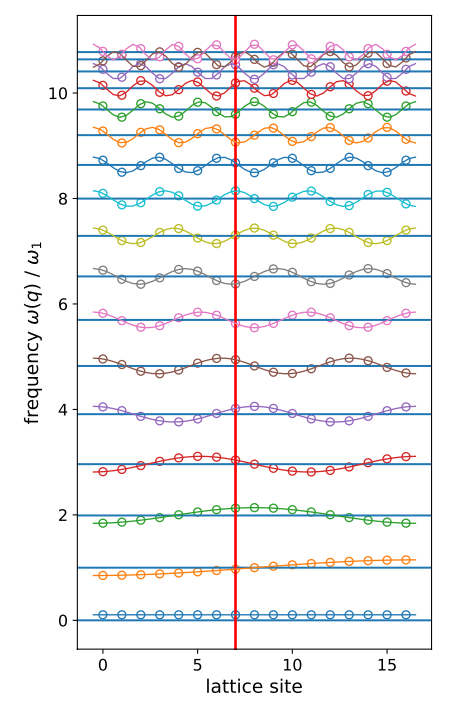 |
July 2022
The American Institute of Physics (AIP) has chosen to feature our recent paper on phonon decoherence. link. | ||||||||||||||||||||||||||||||||||||||||||||||||||||||||||||||||||||||||||||||||||||||||||||||||||||||||||||||||||||||||||||||||||||||||||||||||||||||||||||||||||||||||||||||||||||||||||||||||||||||||
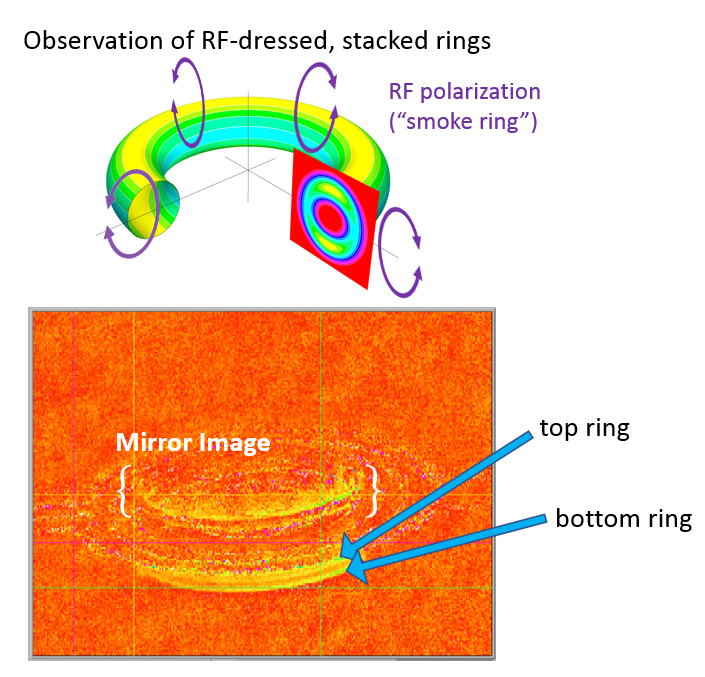 |
December 2021
Thomas Fernholz (Nottingham) successfully loads cold atoms onto a BGU fabricated advanced chip for Sagnac interferometry. The chip has 4 layers of conducting wires made from different materials and geometries. To the best of our knowledge, this is the first chip that allows atoms to move in a ring while trapped in a 3D moving trap. This will hopefully enable to measure the Sagnac effect for advanced rotation sensing. | ||||||||||||||||||||||||||||||||||||||||||||||||||||||||||||||||||||||||||||||||||||||||||||||||||||||||||||||||||||||||||||||||||||||||||||||||||||||||||||||||||||||||||||||||||||||||||||||||||||||
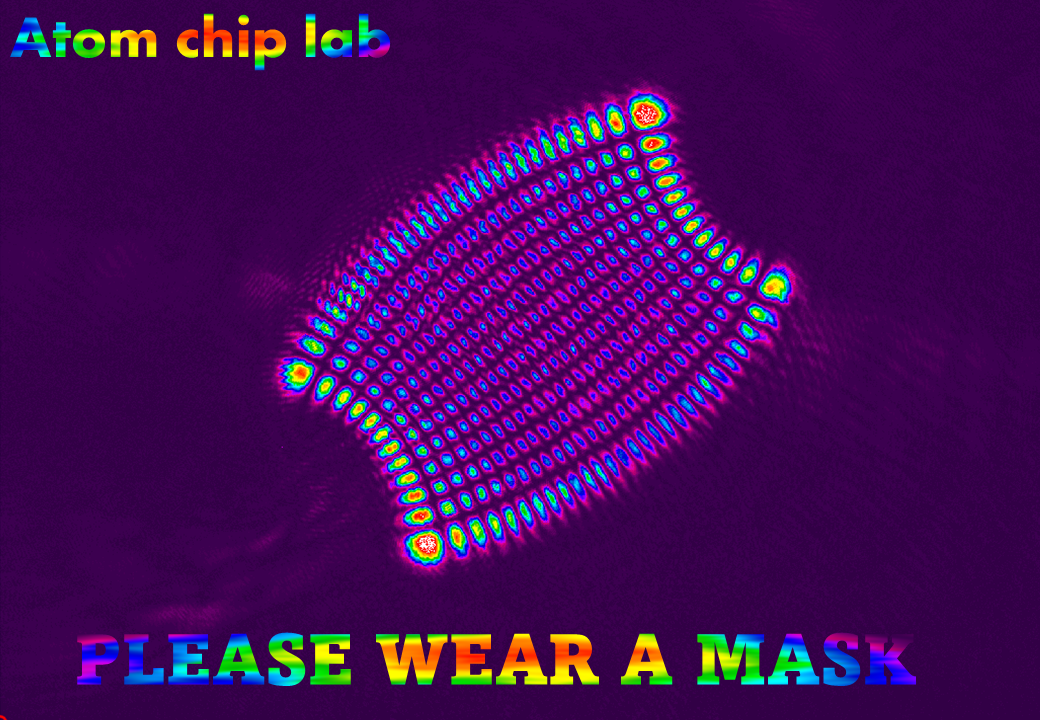 |
December 2021
Our students enjoy from time to time an artistic or humoristic approach to our work. Here, a real image of the modes in one of our optical cavities, turns into a covid mask. Picture taken by PhD student Yoseph Bivas, and graphics done by PhD student Or Dobkowski. By the way, The high-order complex modes are called Ince-Gaussian modes. It is the third complete family of orthogonal solutions to the paraxial wave equation in addition to the well-known Hermite–Gauss (HG) and Laguerre–Gauss (LG) beams. | ||||||||||||||||||||||||||||||||||||||||||||||||||||||||||||||||||||||||||||||||||||||||||||||||||||||||||||||||||||||||||||||||||||||||||||||||||||||||||||||||||||||||||||||||||||||||||||||||||||
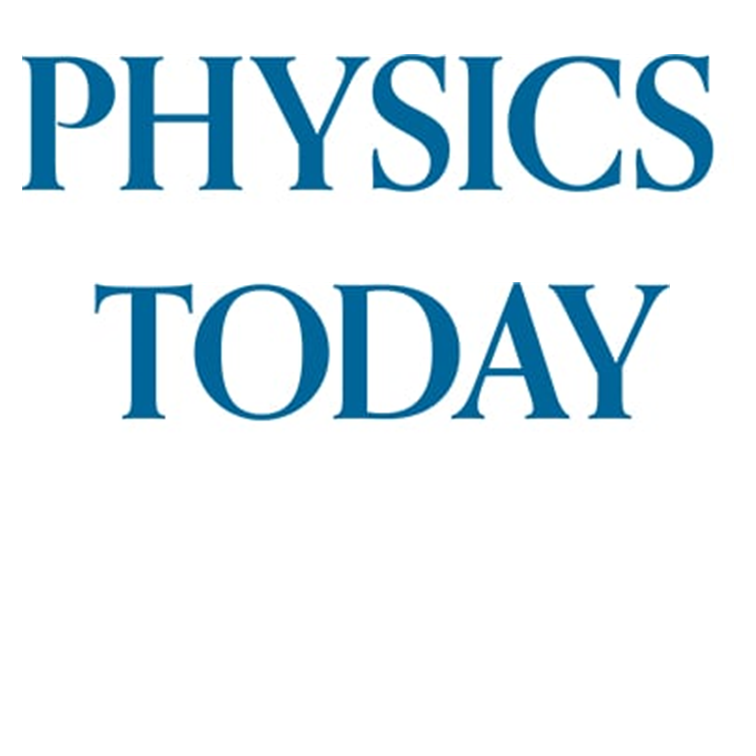 |
December 2021
The magazine Physics Today highlighted quantum technology in Israel, and specifically noted our atom chip group. https://physicstoday.scitation.org/doi/10.1063/PT.3.4898. | ||||||||||||||||||||||||||||||||||||||||||||||||||||||||||||||||||||||||||||||||||||||||||||||||||||||||||||||||||||||||||||||||||||||||||||||||||||||||||||||||||||||||||||||||||||||||||||||||||
 |
November 2021
For those interested to see the Colloquium Ron gave in Singapore, please go to the link. | |||||||||||||||||||||||||||||||||||||||||||||||||||||||||||||||||||||||||||||||||||||||||||||||||||||||||||||||||||||||||||||||||||||||||||||||||||||||||||||||||||||||||||||||||||||||||||||||
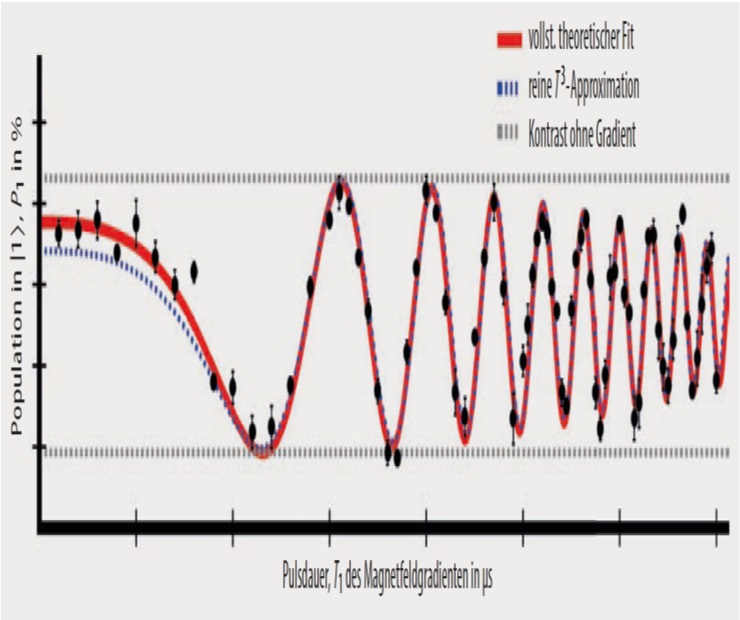 |
September 2021
In a historical overview of atom interferometers (by Wolfgang Schleich) that just came out in Germany, our data is presented (link). Both recent papers (by Amit et al. and Margalit et al.) are referenced. Thanks to all the atom chippers who made this possible! | ||||||||||||||||||||||||||||||||||||||||||||||||||||||||||||||||||||||||||||||||||||||||||||||||||||||||||||||||||||||||||||||||||||||||||||||||||||||||||||||||||||||||||||||||||||||||||||
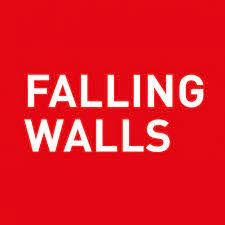 |
Our Stern-Gerlach project wins one of the ten Falling-Walls awards
(link). See also the 3-part movie of Ron explaining our achievement (link). | |||||||||||||||||||||||||||||||||||||||||||||||||||||||||||||||||||||||||||||||||||||||||||||||||||||||||||||||||||||||||||||||||||||||||||||||||||||||||||||||||||||||||||||||||||||||||
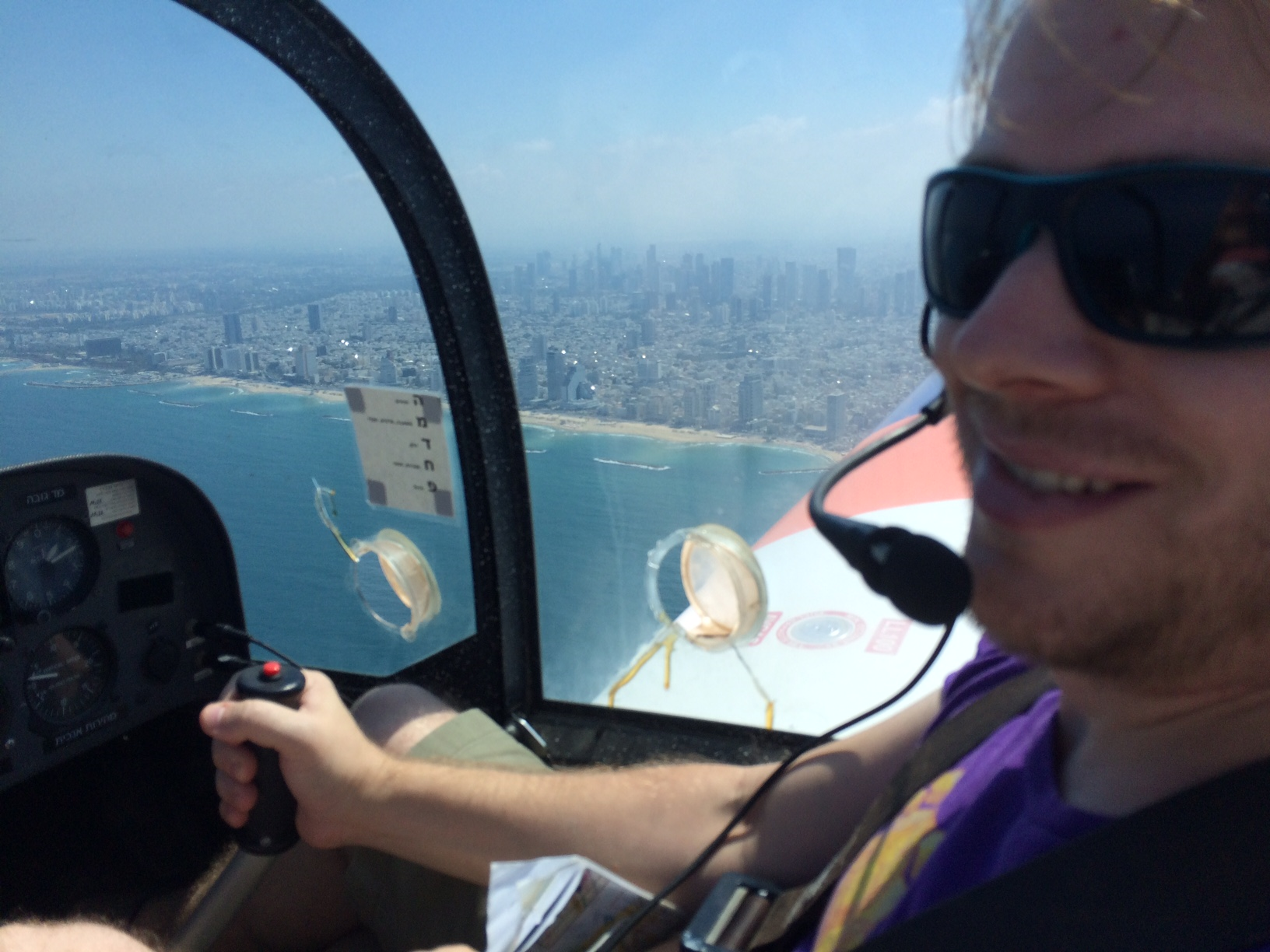 |
August 2021
As part of the group farewell from Dr. Omer Amit, Ron took Omer flying above the Tel Aviv beach. Omer joined the group as an undergraduate student in 2011. He did his MSc and PhD with the group, and now he is on his way to a Post-Doc position in the group of Nobel Laureate Theodor Hansch, In Max-Planck Institute, Germany. | ||||||||||||||||||||||||||||||||||||||||||||||||||||||||||||||||||||||||||||||||||||||||||||||||||||||||||||||||||||||||||||||||||||||||||||||||||||||||||||||||||||||||||||||||||||||
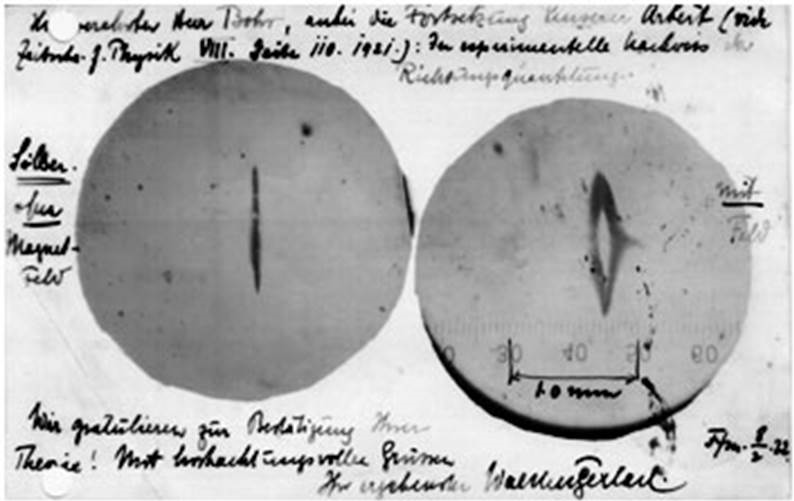 |
July 2021
Our data is used to advertise a new book in honor of Otto Stern, Linked here The Davidson institute (at the Weizmann institute) published the story of our research (Link) and a similar story was published by Ynet(Link) | |||||||||||||||||||||||||||||||||||||||||||||||||||||||||||||||||||||||||||||||||||||||||||||||||||||||||||||||||||||||||||||||||||||||||||||||||||||||||||||||||||||||||||||||||||
| June 2021
Physics World has written a nice popular article about our Stern-Gerlach Interferometry, Linked here Our PhD student, Or Dobkowski, wins the silver medal at the Israeli quantum technology conference for young researchers, for his talk on the SG interferometer as a probe of quantum gravity. Here is his talk. | |||||||||||||||||||||||||||||||||||||||||||||||||||||||||||||||||||||||||||||||||||||||||||||||||||||||||||||||||||||||||||||||||||||||||||||||||||||||||||||||||||||||||||||||||
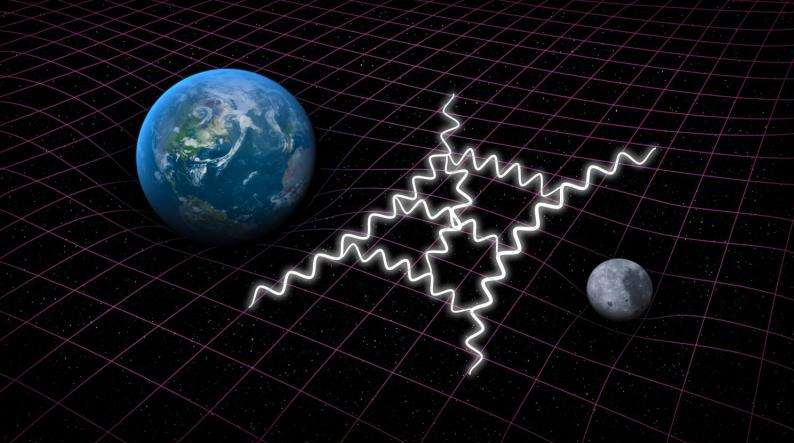 |
April 2021
Our new scheme for a quantum-gravity probe is accepted for publication in Science Advances. We are now warming up our engines to perform this very challenging experiment. | |||||||||||||||||||||||||||||||||||||||||||||||||||||||||||||||||||||||||||||||||||||||||||||||||||||||||||||||||||||||||||||||||||||||||||||||||||||||||||||||||||||||||||||
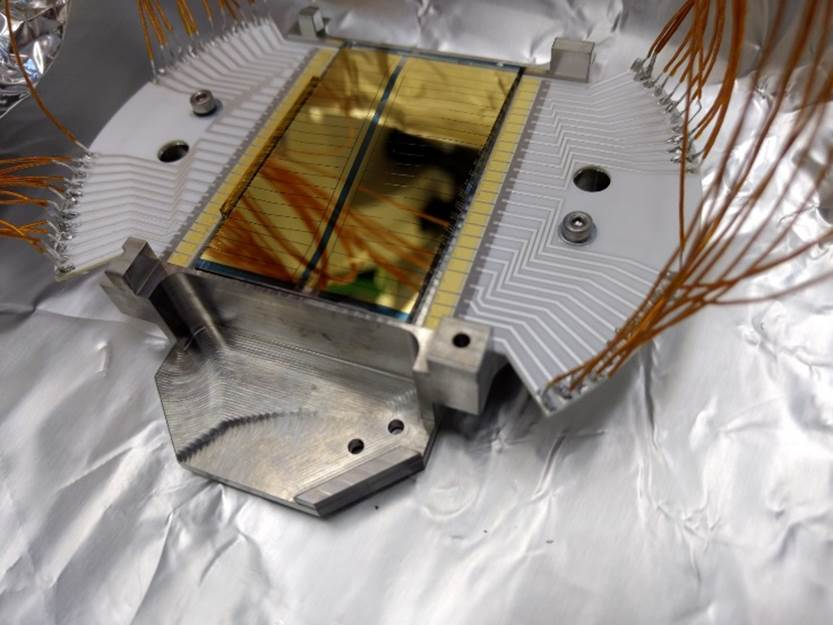 |
January 2021
Exotic physics. The atom chip group initiates 4 research programs that explore physics beyond the standard model: 1. Quantum spatial superpositions of macroscopic objects, to probe ideas of quantum gravity, as well as more fringe ideas like the gravitational self-interaction hypothesis by Penrose. Such an experiment will also probe the foundations of QM as it will increase by several orders of magnitude the state of the art of the mass put in a superposition. Here is a new paper we just put on the archive: https://arxiv.org/abs/2011.10928 2. Search for dark matter (DM) and new interactions via an advanced magnetometer (for example, testing axion-spin interactions). Our advanced magnetometer is already working as part of the GNOME collaboration, and it is the first DM detector in Israel. 3. Clocks. Here we envisage two types of experiments: First, clock interferometry to work at the interface of QM and general relativity (GR). See our papers: Science 2015, and Classical and Quantum Gravity 2018. We are now upgrading the experiment. Second, we plan to use our new Yb atomic optical-frequency clock to search for exotic physics in areas of QM, GR, DM, dark energy, etc. 4. Testing gravity of anti-matter, as well as other concepts and interactions imported from the regular matter sector. We plan to do this in the GBAR experiment at CERN, with our atom chips (in the picture our chip being tested at the lab of Ferdinand Schmidt-Kaler). | ||||||||||||||||||||||||||||||||||||||||||||||||||||||||||||||||||||||||||||||||||||||||||||||||||||||||||||||||||||||||||||||||||||||||||||||||||||||||||||||||||||||||||
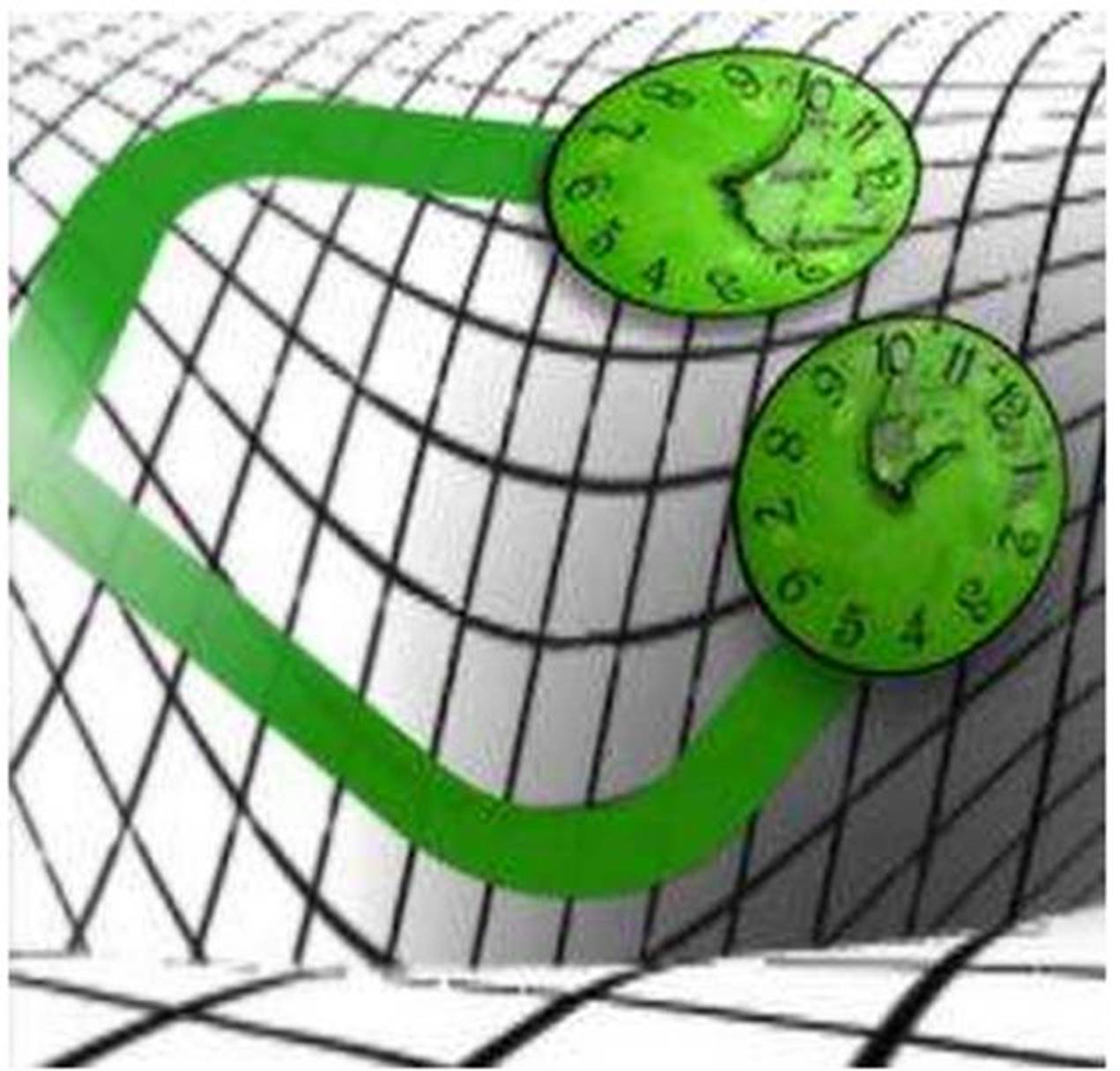 |
November 2020
Ron gives a Colloquium in the quantum gravity forum (https://www.quantumgravityinlab.com/). His talk may be seen here: https://www.youtube.com/watch?v=JBtl3wntff4 | |||||||||||||||||||||||||||||||||||||||||||||||||||||||||||||||||||||||||||||||||||||||||||||||||||||||||||||||||||||||||||||||||||||||||||||||||||||||||||||||||||||||
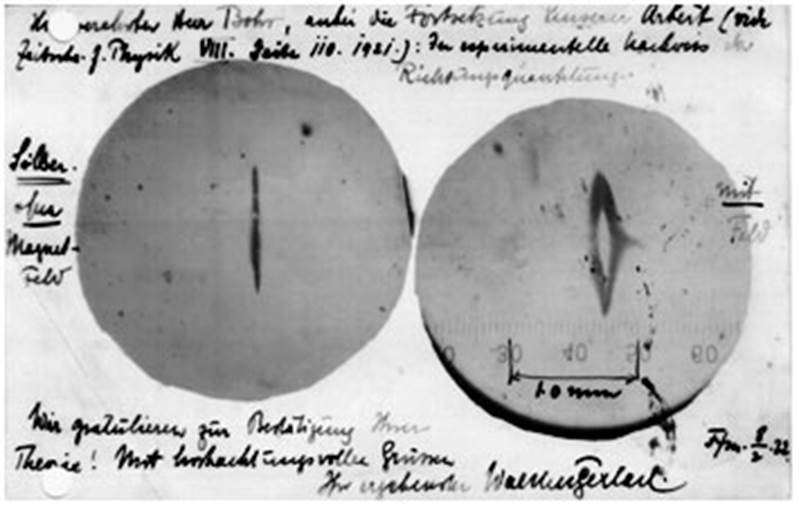 |
September 2020
Finally completing the Stern-Gerlach (SG) experiment. The Atom Chip group, in a series of experiments, has brought to its completion this fundamental effort which started 100 years ago in Frankfurt. The SG effect has become a paradigm of Quantum Theory, and hence holds great importance. In an invited review article (Sep 2020), our group has described the last decade of SG interferometry in our laboratory, including applications to clock interferometry and geometric phase. This review is to appear in a book in honor of Otto Stern, and follows a lecture given by Ron in 2019 in the original building in Frankfurt in which the experiments were done 100 years ago. A similar lecture was delivered by Ron recently at the Niels Bohr Institute in Copenhagen, where Bohr worked when he received in 1922 the postcard from Frankfurt describing the results (see picture). | ||||||||||||||||||||||||||||||||||||||||||||||||||||||||||||||||||||||||||||||||||||||||||||||||||||||||||||||||||||||||||||||||||||||||||||||||||||||||||||||||||||
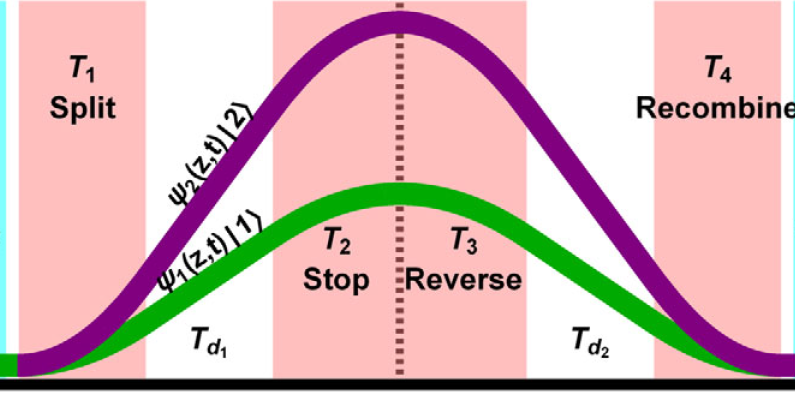 |
June 2020
Quantum gravity? The atom chip group realizes for the first time ever a pure T^3 interferometer (T^3 scaling for the accumulation of phase, where T is the interferometer time. This confirms a prediction from 1927. The finding is reported in Physical Review Letters. In a theoretical paper coming out of Oxford [C. Marletto, and V. Vedral, On the testability of the equivalence principle as a gauge principle detecting the gravitational phase, Front. Phys. 8, 176 (2020)], our paper is noted as opening the door for the probing of the connection between gravity and quantum mechanics. | |||||||||||||||||||||||||||||||||||||||||||||||||||||||||||||||||||||||||||||||||||||||||||||||||||||||||||||||||||||||||||||||||||||||||||||||||||||||||||||||||
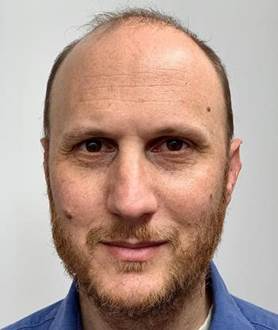 |
February 2020
Our former PhD student Dr. Tal David, becomes the head of the Israeli national program for quantum science and technology. We are very proud of Tal and we wish him much success. Read all about it: https://www.themarker.com/technation/1.8462638 | ||||||||||||||||||||||||||||||||||||||||||||||||||||||||||||||||||||||||||||||||||||||||||||||||||||||||||||||||||||||||||||||||||||||||||||||||||||||||||||||
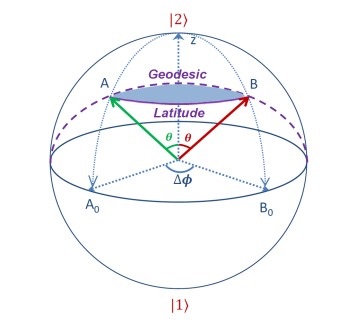 |
January 2020
The atom chip group observes the Pancharatnam geometric phase. It is the first time this is observed in spatial interference patterns. The paper is accepted to Science Advances. | |||||||||||||||||||||||||||||||||||||||||||||||||||||||||||||||||||||||||||||||||||||||||||||||||||||||||||||||||||||||||||||||||||||||||||||||||||||||||||
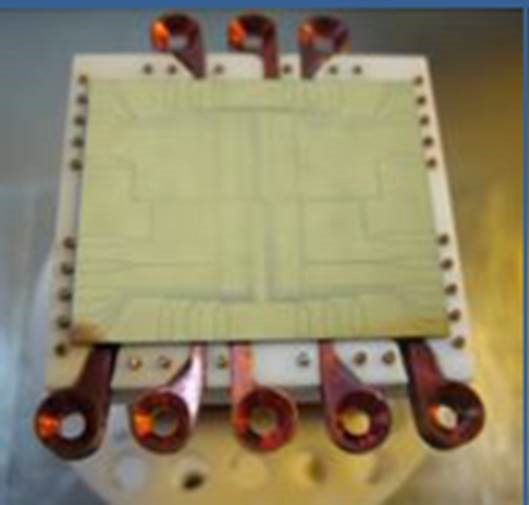 |
August 2019
The atom chip group realizes for the first time ever a full-loop Stern-Gerlach interferometer. It is now 100 years since Stern and Gerlach went into their Frankfurt laboratory to conduct one of the most famous experiments in quantum mechanics. It is only now that the long-time dream of a closed loop interferometer based on splitting and recombining with magnetic gradients is realized. Stern and Gerlach could not prove that their spin superposition maintains coherence under momentum and spatial splitting. We have now proved it! The finding is reported in Physical Review Letters. We intend to use this capability to further investigate the foundations of quantum theory. | |
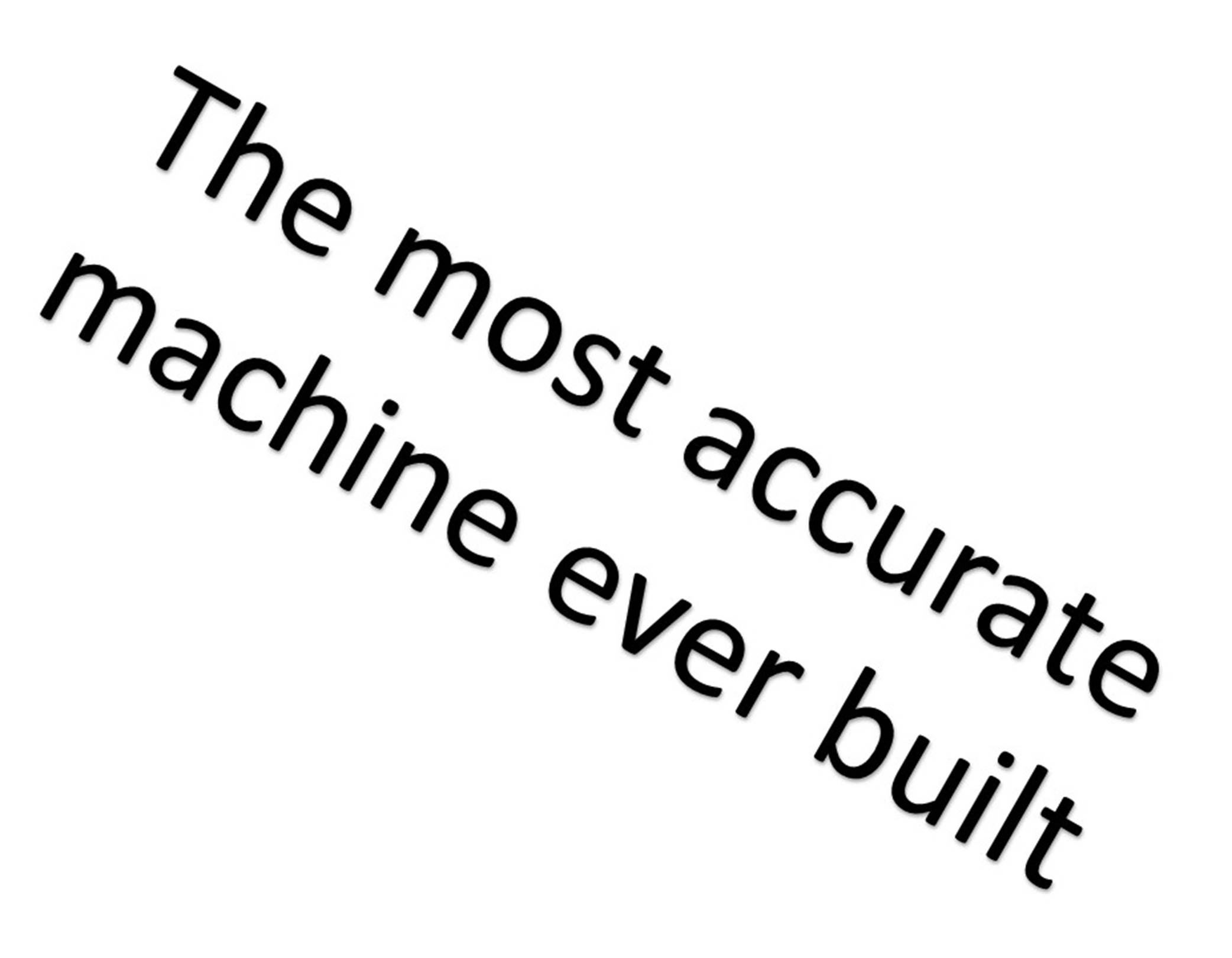 |
May, 2019
Our MSc student, Yosef Bivas, won the best poster award, for his poster on our Yb optical atomic clock. Optical clocks are probably the most precise machines ever built by humans, and several dozens of them now operate around the world. The accuracy is so high, that if you would turn on such a clock at the big bang, it would have today an error of much less than a second. | |
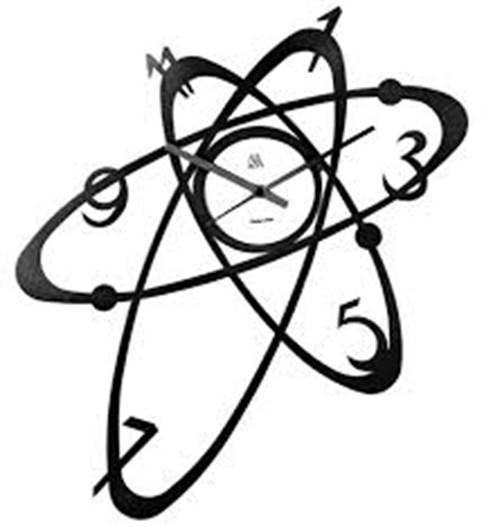 |
December, 2018
The atom chip group wins a European grant (together with a consortium) to build a Yb optical atomic clock. This will be the most accurate atomic clock in Israel, and stand at the cutting edge of world clocks. | |
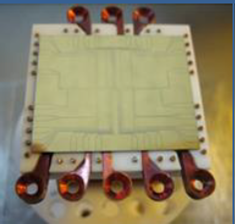 |
October, 2018
Quantum technology is becoming hot all around the world. The atom chip group delivers first prototypes to the Israeli Aerospace Industry and to the Israeli Accubeat company for atomic clocks. The group is also asked by the US Navy and US Airforce to assist them in their R&D, and accepts the challenge. | |
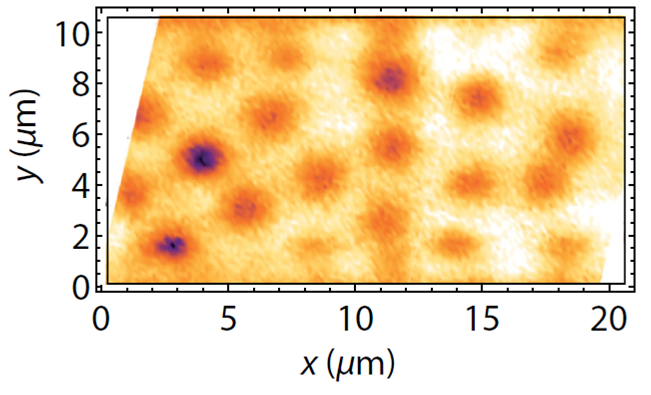 |
September, 2018
The atom chip group is the first to observe superconductor vortices with nitrogen-vacancy centers with wide-field imaging (i.e. without physical scanning of the sample). Phys. Rev. Applied 10, 034032 (2018) | |
 |
August, 2018
The atom chip group proves a new quantum complementarity relation for clocks in the context of general relativity Classical and Quantum Gravity, 35, 185003 (2018) | |
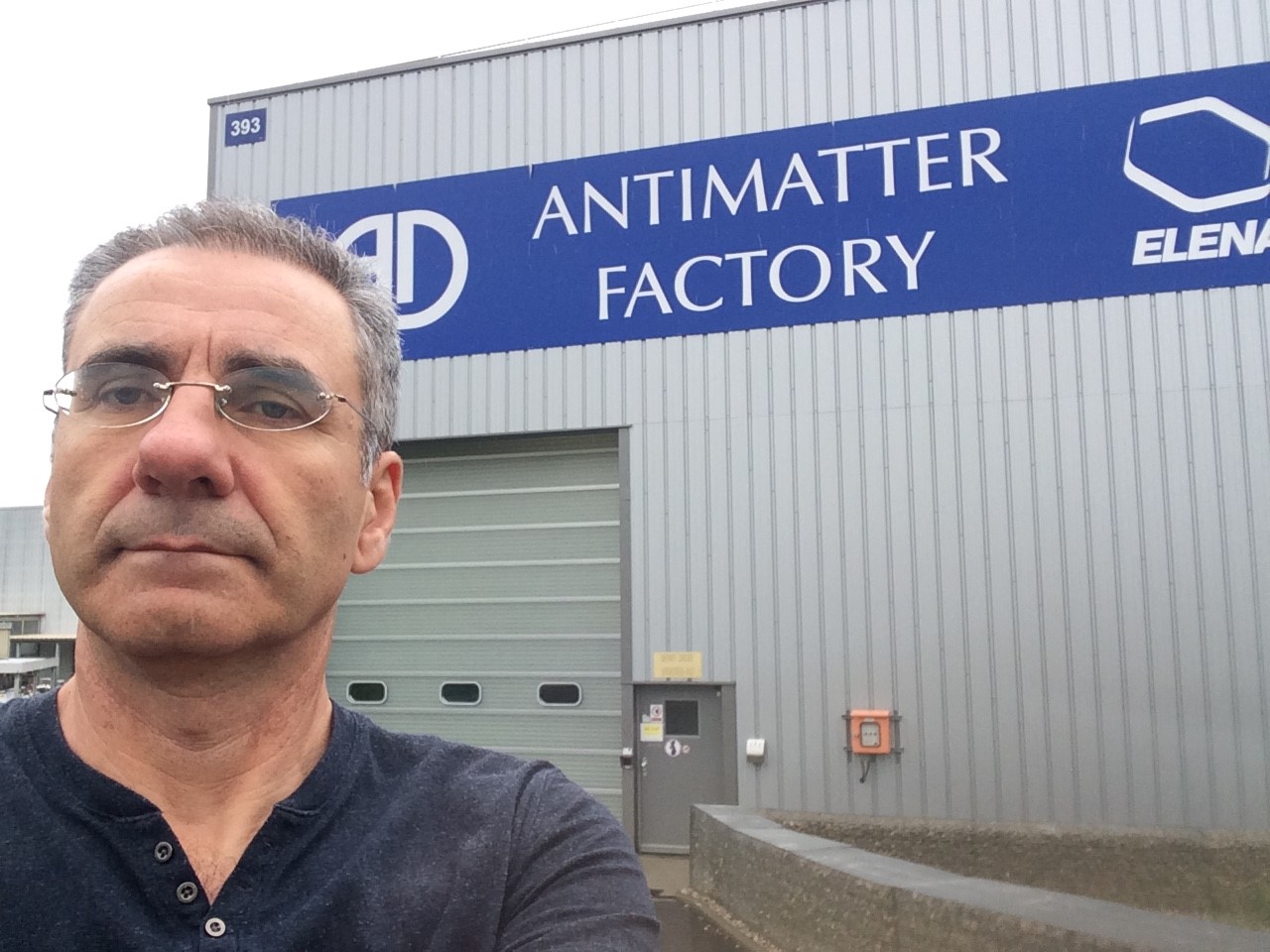 |
June, 2018
The atom chip group is warming its engines to study the fundamental features of anti-matter. A first chip has been delivered to Germany. In the picture, Ron visits CERN, where the anti-protons, required to construct anti-hydrogen, are made. | |
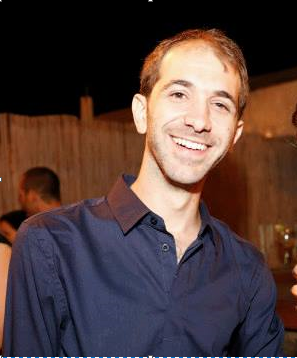 |
May, 2018 Our MSc student, Or Dobkowski, wins the best poster award at the first Israeli quantum technology conference for young researchers. | |
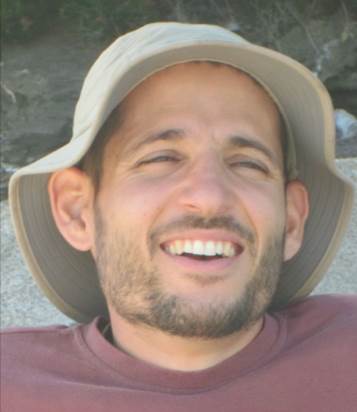 |
May, 2018 Our student, Yair Margalit, wins the best poster award at the Bad-Honnef conference on Fluctuation Induced Phenomena, for his poster on Stern-Gerlach interferometry. Yair is now leaving our group to be a post-doctoral fellow at the lab of Nobel Laureate Wolfgang Ketterle. | |
| April, 2018 Ron visits the Russian Quantum Center. | ||
| March, 2018 Dr. Filippo Levi, the head of the time and frequency unit at INRIM (Torino, Italy) is starting his long-term collaboration with the atom chip group. Dr. Levi will visit and work at BGU on a regular basis. The goal is to build an advanced atomic optical (lattice) clock, which is planned to be the most accurate clock in Israel. | ||
 |
January, 2018 The atom chip group inaugurates a new quantum technology lab which will work closely with the industry, to move quantum science from the lab to the industry. Here Serge Haroche and Rainer Blatt, together with Rivka Carmi and Ron Folman, in the inauguration ceremony. | |
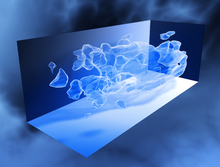 |
June, 2017 The atom chip group receives a NSF-BSF grant to search for dark matter. A sensitive detector will be built and operated in BGU, as part of the GNOME collaboration. | |
 |
June, 2016 The atom chip group improves by an order of magnitude the world record for spatial matter-wave interferometry with trapped atoms next to a room temperature surface. Check it out! | |
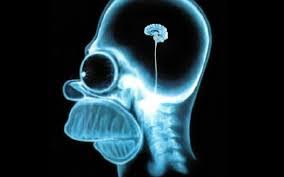 |
Europe is looking at our brain imaging project. Check it out! | |
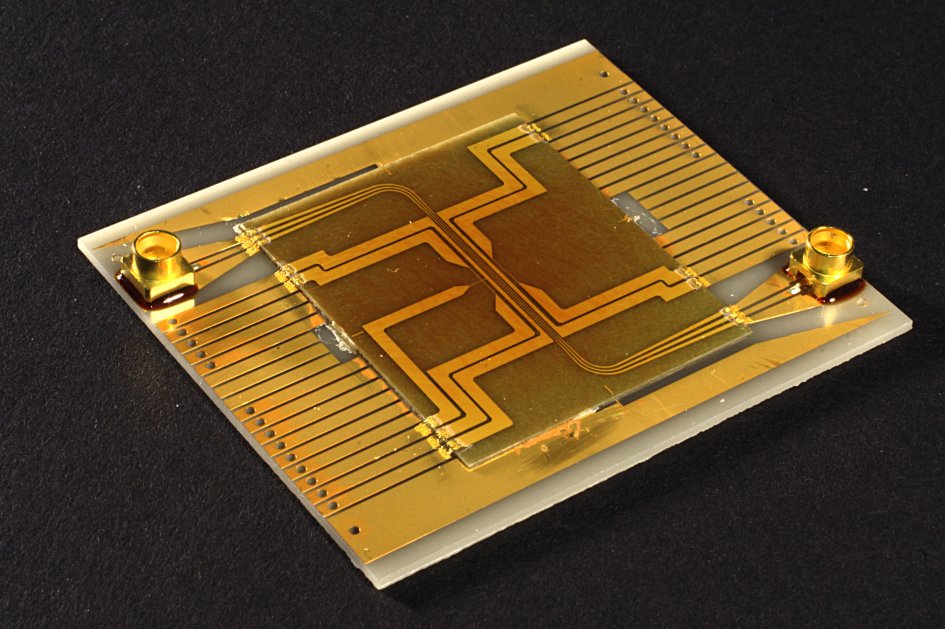 |
June, 2016 | |
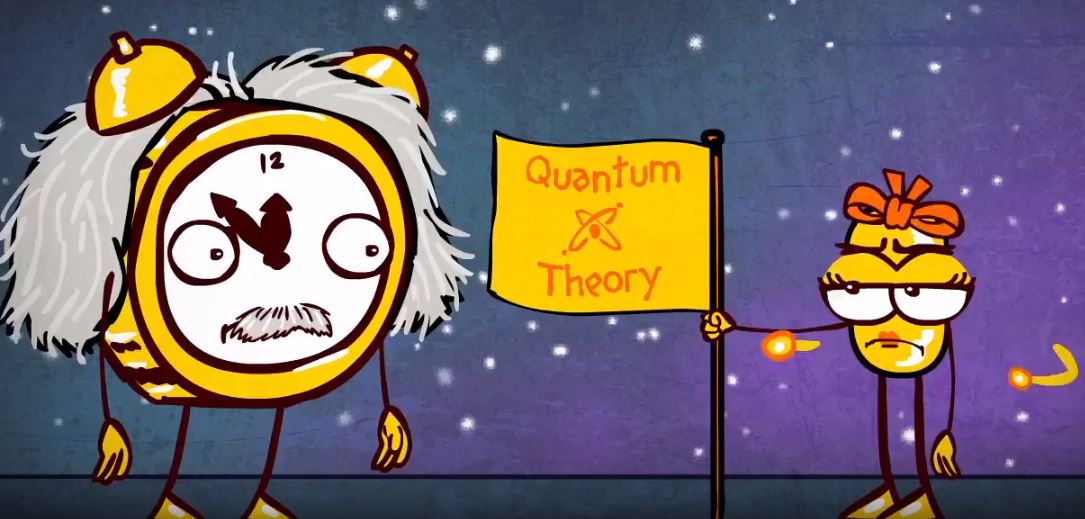 |
June, 2016 The BGU PR department makes an animated film about our work on clocks and general relativity. Watch it here - English Hebrew | |
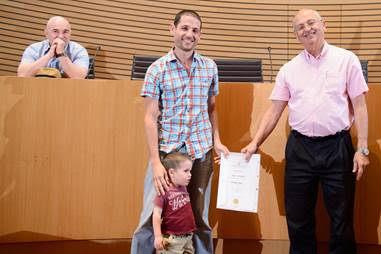 |
May, 2016 Yair, Our PHD student gets the rector prize. | |
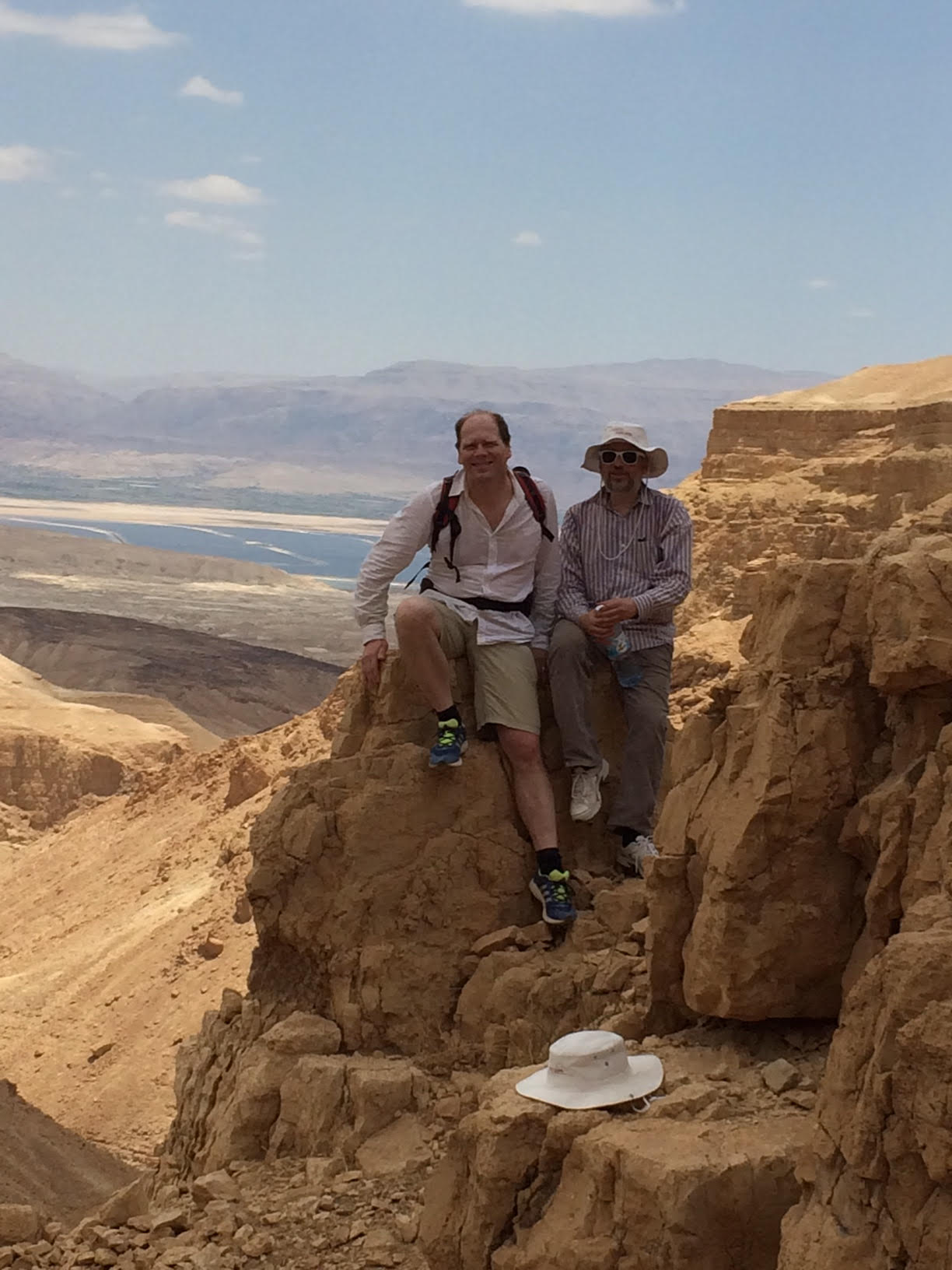 |
May, 2016 DIP meeting: Our DIP meeting collaborators and we, have met in Kibbutz Ein-Gedi to plan our future work together. (In the picture are Dima Budker and Ferdinand Schmidt-Kaler). | |
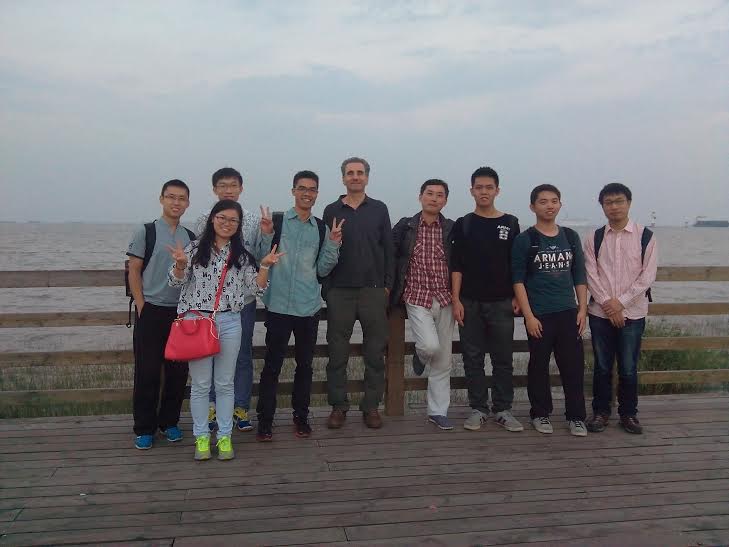 |
October, 2015 Ron gives a series of lectures in China. Here with Chinese students. |
|
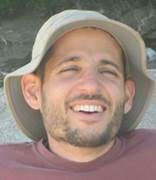 |
October, 2015 Our PhD student, Yair Margalit, receives the Negev excellence fellowship. |
|
 |
August, 2015 Our team puts a clock in two places at the same time (Published in Science). See also accounts in the popular press: Physics World, The Jerusalem Post and Calcalist (Hebrew). |
|
 |
February, 2015 |
|
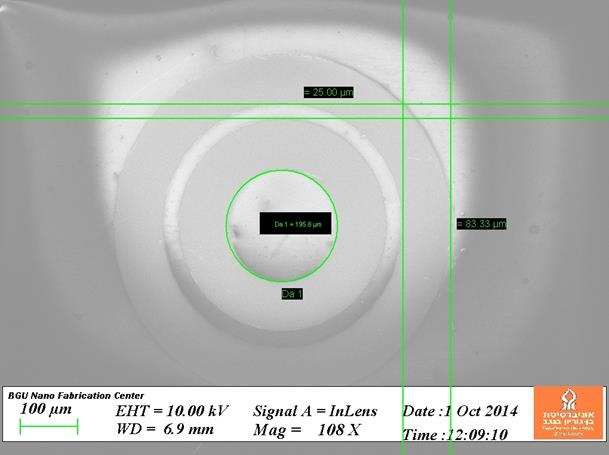 |
January, 2015 We continue to serve the global atom chip community. Here, a first of its kind permanent magnet chip for a Sagnac interferometer is being sent to Nottingham. |
|
| December, 2014 The atom chip group wins the prestigious DIP award for the second time and will conduct intensive cooperation with labs in Germany. Here is a link to the press release in Germany. http://www.quantenbit.de/#/ge/research/dip |
||
 |
April, 2014 Yair Margalit, our M.Sc. student who discovered (together with Meny Givon) a magic frequency in light-matter interaction, wins the M.Sc. excellence award of the faculty of science. Yair is now starting a Ph.D. on cold atoms. Our PhD student Shimon Machluf is noted by the faculty dean for his excellence. |
|
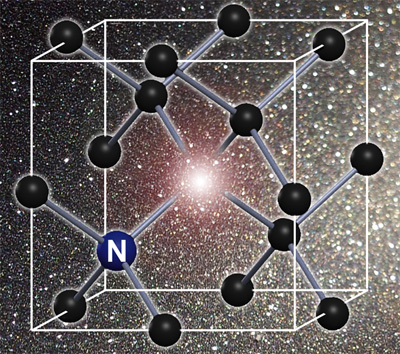 |
March, 2014 Our superconductor sensing experiment gets publicity. http://newscenter.berkeley.edu/2014/03/06/ colored-diamonds-are-a-superconductors-best-friend/ |
|
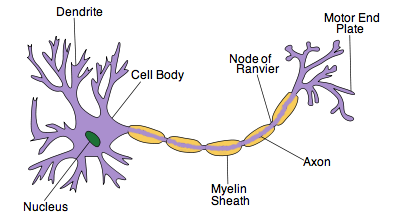 |
November, 2013 The atomchip group wins a EC grant for studying the brain with a quantum magnetic sensor based on nitrogen-vacancy (color) centers in diamond. Dr. Armin Biess will join the group and head the project. |
|
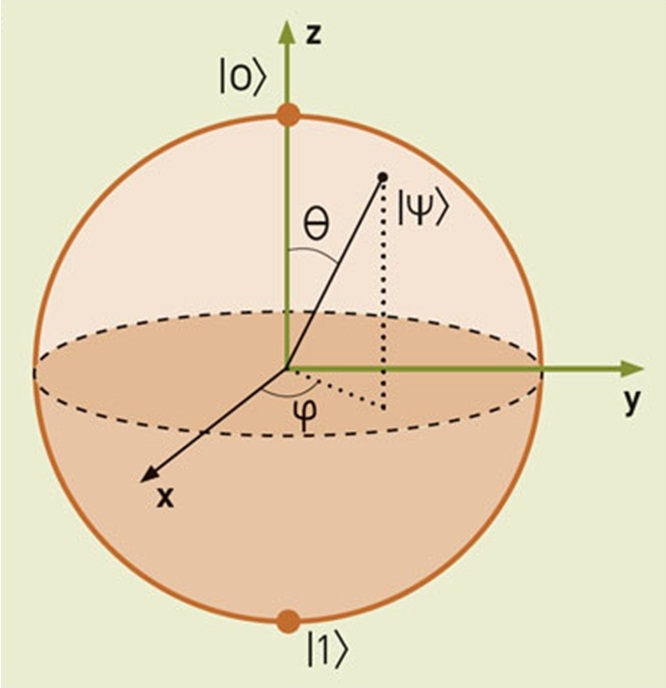 |
September, 2013 The chief scientist of the Ministry of Economy, has now approved a program in which the atom chip group will be in charge of the next generation of atomic clocks. The project will take place in collaboration with the Accubeat company for atomic clocks. (In the picture, the Bloch sphere which forms the base for the clock). |
|
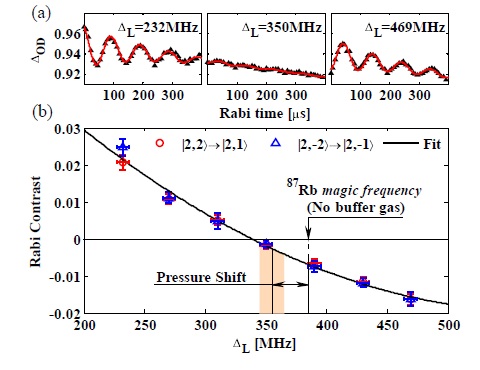 |
July, 2013 Our vapor team discovers magic frequencies – now published in Physical Review Letters. Chosen by PRL as the Editor’s suggestion. Paper synopsis on the APS exceptional research website. |
|
 |
June, 2013 Kick-off meeting for a new European consortium on matter-wave interferometry. |
|
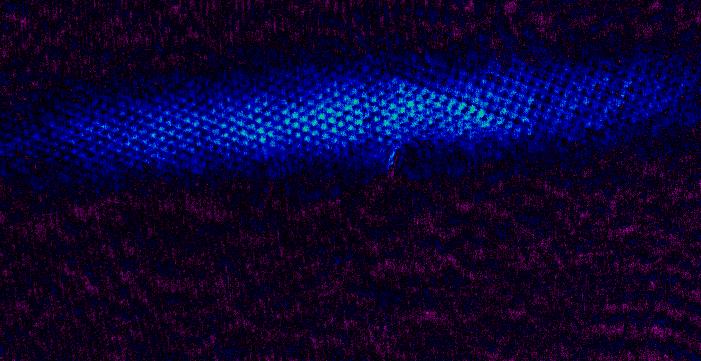 |
May, 2013 The BGU fabrication facility continues to serve the community. Here, atoms are trapped in Amsterdam in a permanent magnet lattice chip made at BGU. |
|
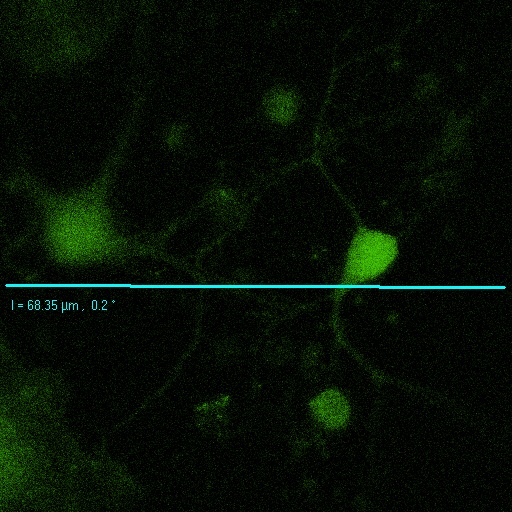
|
May, 2013 Our diamond quantum optics team has started a feasibility study concerning the imaging of neural networks. The picture presents first neurons grown on diamond (Dr Eduard Korkotian, Department of Neurobiology, Weizmann institute of Science, and Dr. Armin Biess of the AtomChip group, Ben-Gurion University). |
|

|
January, 2013 Ron receives the Visiting Miller Research Professorship Award from the Miller Institute for Basic Research in Science. Ron will spend time at the University of California at Berkeley. |
|
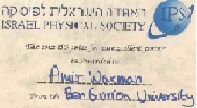
|
December, 2012 One of our PhD students, Amir Waxman, receives the excellent poster award by the Israeli Physical Society. |
|
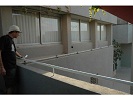
|
September, 2012 The third fabrication facility (fab3, dedicated to photonics) is completed. This, together with the lithography center (fab2) and the production hall (fab1), completes Ron's longtime effort to build a cutting edge fabrication facility at BGU. In the picture, Ron pointing out the planned location for the third clean room (September 2010). |
|
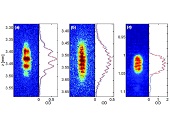
|
July, 2012 The BEC2 experiment observes matter-wave fringes (interference pattern) after recombining a BEC which was split by a new field-gradient-beam-splitter on the atom chip. (S. Machluf et al, arXiv:1208.2526, published in Nature Communications) | |

|
January, 2012 Our BEC2 experiment observes interference fringes in a 1D BEC on an AtomChip. These fringes are due to phase fluctuations when a BEC is extremely elongated. |
|
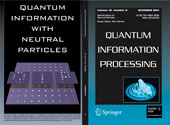
|
November, 2011 New book edited by Ron is out: Quantum computing with neutral particles. |
|

|
October, 2011 Rabi oscillations observed in room temperature solid matter (NV centers in Diamond). Rabi oscillations, as well as Ramsey fringes, are a hall mark of quantum behavior and have been observed in our lab in three systems so far: cold atoms, vapor (room temperature gas) and solid state. |
|
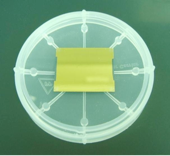
|
August, 2011 Our fabrication facility continues to serve the atom chip community. First permanent magnet chip sent to Amsterdam. |
|
|
|
June, 2011 First homemade vapor cell gives nice spectroscopy This is the first cell in Israel with paraffin coating. Our students from material engineering are studying different combinations of buffer gas and paraffin cell coating for enhanced coherence times. The eventual goal is to to understand and suppress dephasing in the vapor. In addition to new physics insights and applications such as quantum memory and magnetic sensors, such a cell will be miniaturized and manufactured inside the substrate of a semi-conductor chip for integrated devices. |
|
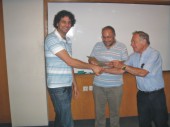
|
May, 2011 Our present PhD student, Shimon (Shimi) Machluf, has won the Zabey Prize for excellence in his MSc work. |
|

|
March, 2011 First spectroscopy from NV centers in diamond |
|
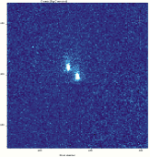
|
February, 2011 First ions trapped on a BGU chip (Ferdinand Schmidt-Kaler, Mainz) |
|
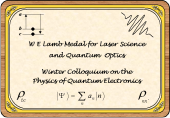
|
October, 2010 Ron receives the Willis E. Lamb Medal for 2011 |
|
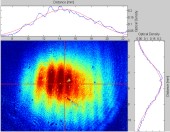
|
October, 2010 One of our experiments observed a grating of atoms with no external potential in the form of a lattice being applied. The fringes are formed due to different Rabi frequencies in different parts of a cloud of cold atoms, and allow to exactly map the strength and gradient of the MW field applied. |
|

|
2010 Our fabrication facility continues to serve the community. Atom chip sent to Nottingham and ion chip sent to Mainz. Production of chip for Berkeley started. In the picture, the ion chip made at BGU before it is put into the vacuum chamber in Mainz. |
|
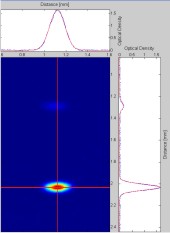
|
December, 2009 BEC2 observes asymmetric spin flipping transitions due to colored noise See our paper for more details. |
|
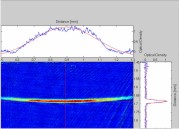
|
February, 2009 Atoms loaded on the chip of BEC1 |
|
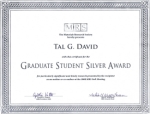
|
December, 2008 Our first PhD student receives the MRS graduate award |
|
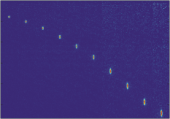
|
September, 2008 BEC2 team also reach the phase transition to BEC |
|
|
|
July, 2008 Our fabrication facility is serving the AtomChip community - chip sent to LENS, Florence |
|

|
June, 2008 Tal David's paper is selected as a Highlight paper in the European Physical Journal D |
|
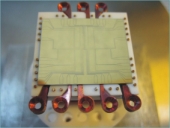
|
March, 2008 BEC2 puts a working atom chip |
|
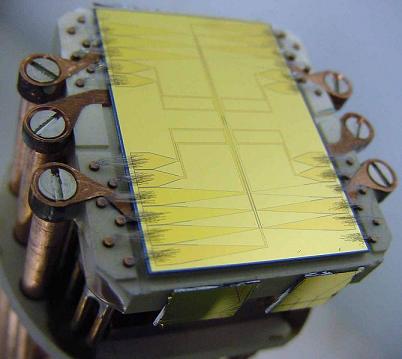
|
February, 2008 The first chip produced by our new fabrication facility - features in Science |
|
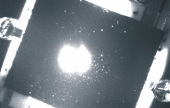
|
May, 2007 BEC2 first MOT |
|
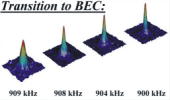
|
April, 2007 BEC1 team Reach the phase transition to BEC |
|
|
|
January, 2007 Starting to build the second BEC experiment (BEC2) |
|
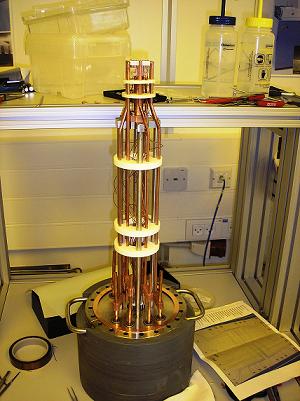
|
March, 2006 BEC1 puts a new atom chip mount |
|
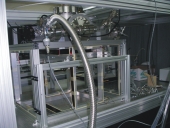
|
March, 2005 First BEC experiment being built |
|
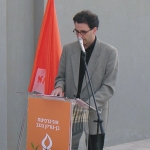
|
January, 2005 Opening ceremony |
|
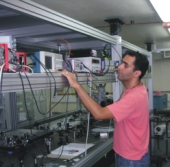
|
September, 2004 First images of optics on the optical table |
|
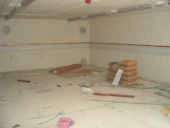
|
2003-2004 Building history |
